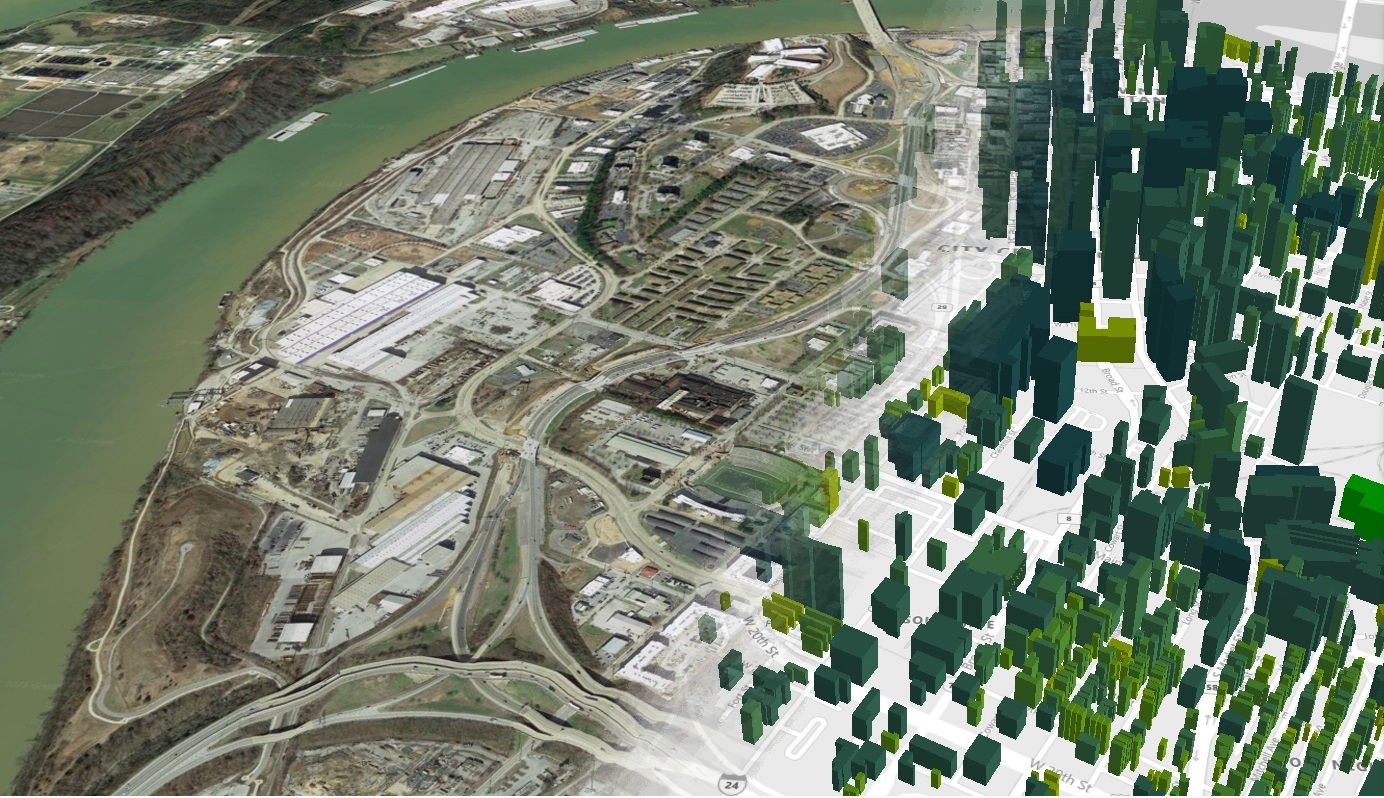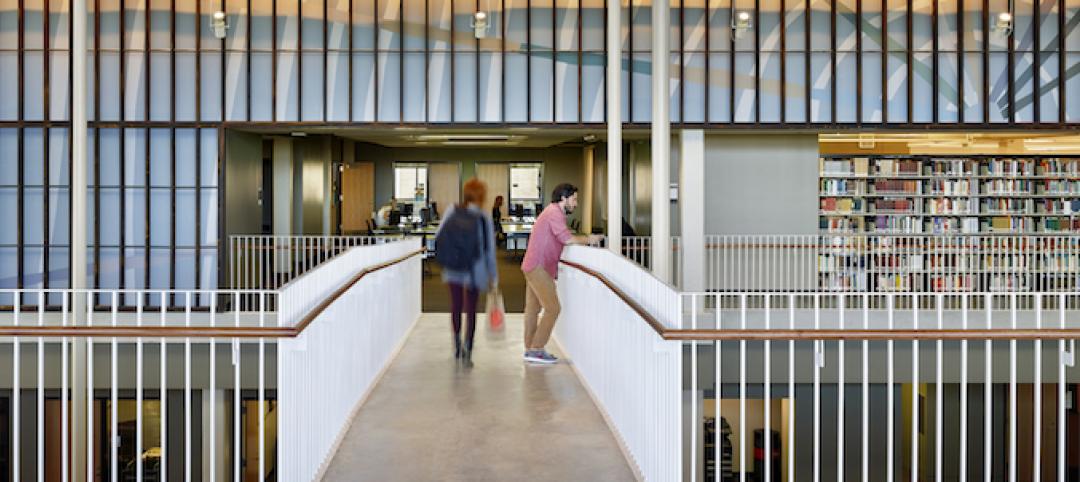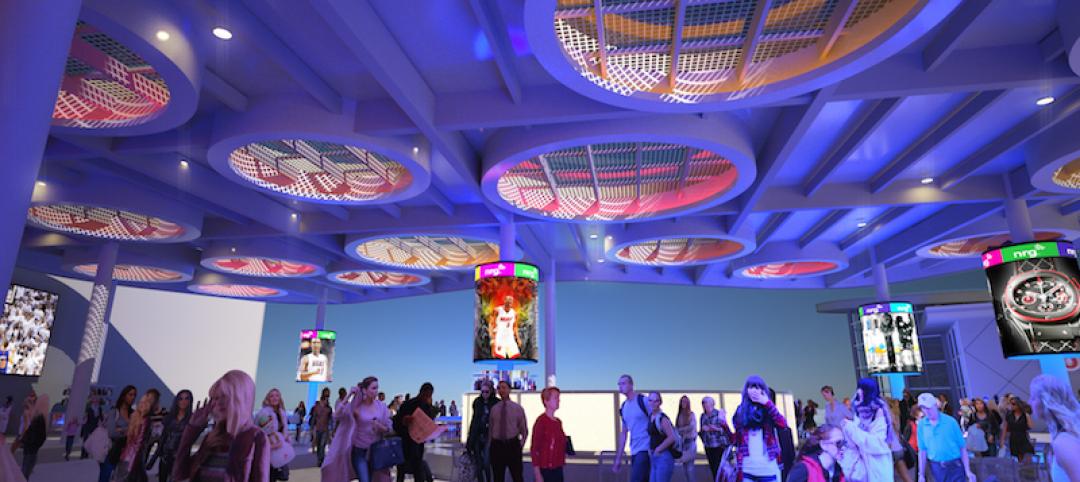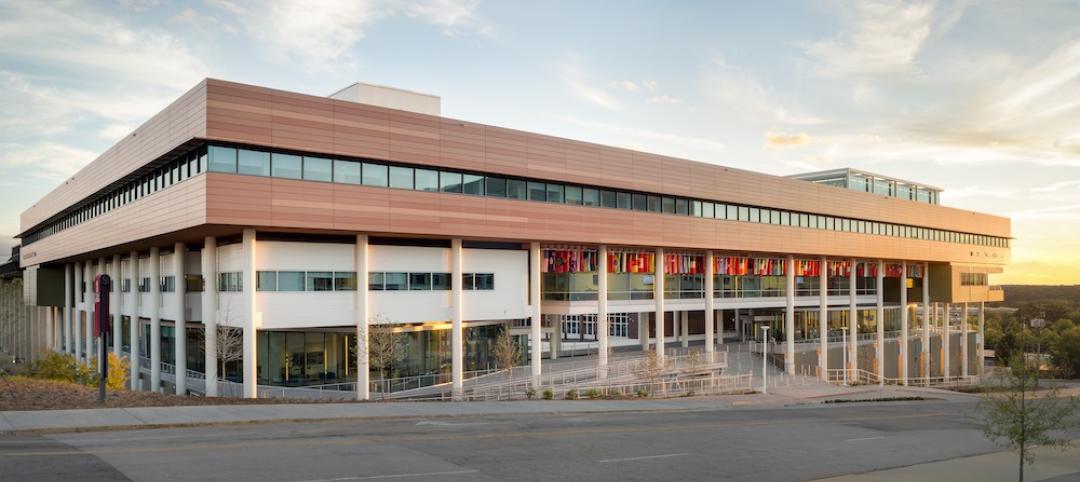Within the next five years, the AE firm SmithGroup wants to be able to incorporate the highest level of energy efficiency into every project it designs and builds. But the challenge is selecting the right energy model from literally thousands of options.
“The number of buildings we need to touch, and the pace we need to do it, exceed what an individual could do in a lifetime,” says Stet Sanborn, engineering lead in SmithGroup’s San Francisco office.
To speed this process, SmithGroup has partnered with the U.S. Department of Energy’s Oak Ridge National Laboratory (ORNL), whose Automated Building Energy Modeling software suite, better known as AutoBEM, has simulated the energy use of 123 million structures, or 98 percent of U.S. Buildings.
AutoBEM was developed using high-performance computing to process layers of imaging data with information about each building, such as its size, use, construction materials, and HVAC technologies. The goal was to create a digital twin of the nation’s buildings, says Joshua New, ORNL’s project leader.
Sanborn tells BD+C that SmithGroup got involved with this technology collaboration project 18 months ago, after responding to the lab’s request for proposal. After six months of planning, SmithGroup provided information for every building type it handles, including climate zones, footprints, orientation, and envelope construction. The modeling also took into account lighting and HVAC variations.
This project generated more than 200,000 building iterations and 250,000 energy models. The computation, which took less than an hour to complete, was equal to the output of one employee working full time for 365 years.
Using AI to spot trends
AutoBEM’s information was used to train an artificial intelligence tool that will allow SmithGroup to pre-simulate the energy impact of every design possibility for any building.
Sanborn says that these data sets are still pretty rudimentary, so they should benefit from ORNL’s plans to update its information this year. “We’re looking for much better resolution, so we can eventually have real-time and predictive feedback,” he explains.
In 2023, SmithGroup plans to train the AI bots to spot trends and choose the best energy-efficient iteration for a given project. Sanborn says his team has already been surprised by how the data has highlighted “the interaction of things” like glass U-values and wall R-values. More refined data, he predicts, should make these data sets more accessible and actionable. (Sanborn says that SmithGroup already has pre-simulated climate data for every market it builds in.)
The first new designs for which this energy modeling is likely to be applied could be for a civic or higher education building, says Sanborn, where no restrictions to sharing information exist.
ORNL’s partners such as SmithGroup and Google—which is using AutoBEM to improve its free Environmental Insights Explorer tool—have committed to sharing data sets created by using AutoBEM. Some data sets have already been posted, and Sanborn thinks that open-source access is important because “SmithGroup can’t build every building, as much as we’d like to. We don’t want to hold a secret sauce or limit everyone’s ability to drive efficiency in response to what is really a climate emergency.”
SmithGroup participated in the funding of AutoBEM, whose development, expansion and collaborations are also funded by DOE’s Office of Electricity, the Energy Efficiency and Renewable Energy’s Building Technologies Office and the National Nuclear Security Administration. The research team leveraged supercomputing resources from Argonne National Laboratory.
Related Stories
Green | Apr 27, 2016
Top 10 green building projects for 2016
The Exploratorium at Pier 15 in San Francisco and the West Branch of the Berkeley Public Library are two of the projects recognized by AIA COTE as the top green buildings of 2016.
Sponsored | Energy-Efficient Design | Mar 29, 2016
How long-term O&M combats complex climates
With the full O&M package, solar adopters are able to maximize return on investment, optimize system performance and minimize operating costs while controlling long-term costs.
Green | Feb 18, 2016
Best laid plans: Masdar City’s dreams of being the first net-zero city may have disappeared
The $22 billion experiment, to this point, has produced less than stellar results.
Energy-Efficient Design | Feb 18, 2016
How to make a ‘pure’ glass sphere
Creating a 25-story energy-generating globe for Expo 2017 in Kazakhstan put Adrian Smith + Gordon Gill Architecture to the test.
Codes and Standards | Jan 22, 2016
State Savings Calculator analyzes savings associated with energy codes
The calculator breaks down the cost-effectiveness of energy codes on a state-by-state basis.
Sports and Recreational Facilities | Jan 6, 2016
A solar canopy makes Miami’s arena more functional
NRG Energy teams with Miami Heat to transform an underused open-air plaza and reinforce the facility’s green reputation
BIM and Information Technology | Nov 18, 2015
AIA: Energy modeling key to reaching carbon neutrality in buildings
Energy modeling allows architects to be more ambitious with energy-saving in their design projects.
Energy-Efficient Design | Nov 2, 2015
Energy Department’s Building Technology Office seeks public input
Draft Multi-Year Program Plan available for review.
Energy-Efficient Design | Aug 31, 2015
South Carolina business school on track to be region’s first net-zero energy commercial building
The project is part of a large DOE initiative to develop more buildings that can generate as much energy as they consume.
Green | Jul 16, 2015
7 parking facilities first to earn Green Garage Certification
The new program rates parking structures based on 48 elements of operation, from water reuse to bicycle parking to car sharing options.
















